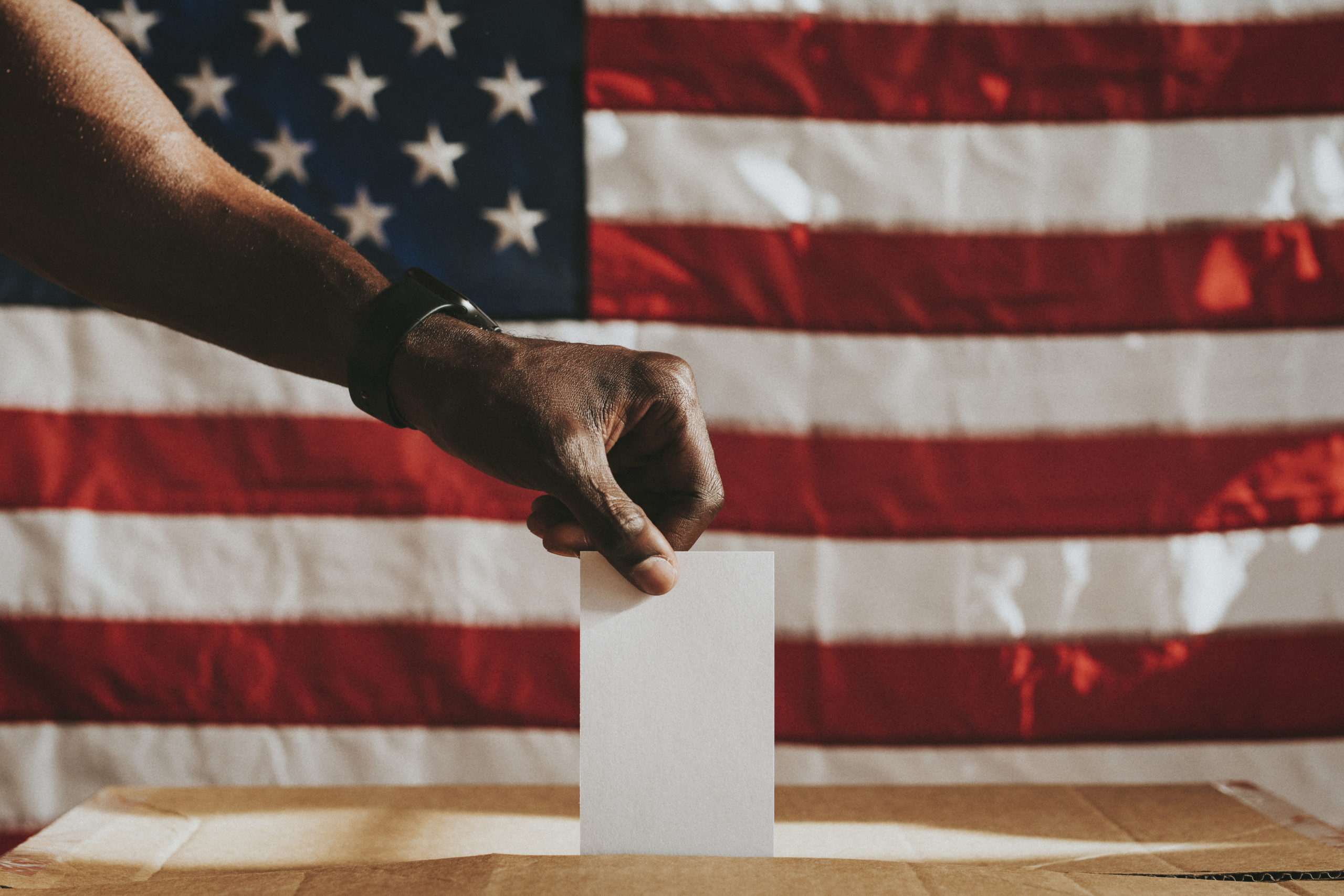One of the several wars left over by the Trump administration and the recent 2020 election is the explosion of initiatives, largely in red State legislatures, to restrict voting by limiting or eliminating absentee or mail-in ballots, requiring multiple identification documents, restricting voting hours and days, and generally discouraging people from voting.
This is the principal result of Trump’s repeated claims that voting fraud stole the election from him…this despite no proof of any kind and the judicial efforts to certify fraud that failed in almost 60 different U.S. and State courts.
Both parties have been guilty of voter suppression, most notably a barrage of barriers to black votes in Southern States following the Civil War and during the era of Reconstruction. Poll taxes were the most blatant of many barriers to African-American voters.
But then, in one of those reversals of history, Democratic party passage of civil rights legislation in the 1960s caused the once solid South to turn Republican in the age of Nixon. Lyndon Johnson predicted this outcome even as he signed the legislation.
So, the current Republican wave of State legislative voter suppression initiatives has a long and checkered history. That history also includes the much proclaimed, but little proved, assertion that Democratic party candidates have been systematically committing voter fraud for decades.
But the current crusade may be based on a flawed premise, namely that making it more difficult to vote will suppress Democratic, especially minority, voters and help Republican candidates whose party has persisted in claiming that its members are more civic minded and, therefore, more reliable voters.
There is mounting evidence that challenges this assumption.
For example, one of several recent political science research papers, this one at Stanford University, reached the following conclusion:
“The 2020 U.S. election saw high turnout, a huge increase in absentee voting, and brought unified Democratic control at the federal level—yet, contrary to conventional wisdom, these facts do not imply that vote-by-mail increased turnout or had partisan effects. Using nationwide data, we find that states newly implementing no-excuse absentee voting for 2020 did not see larger increases in turnout than states that did not. Focusing on a natural experiment in Texas, we find that 65-year-olds turned out at nearly the same rate as 64-year-olds, even though 65-year-olds voted absentee at much higher rates than 64-year-olds because they could do so without having to provide an excuse. Being old enough to vote no-excuse absentee did not substantially increase Democratic turnout relative to Republican turnout, as the increase in Democratic absentee voting was offset by decreases in Democratic in-person voting. Together, the results suggest that no-excuse absentee voting mobilized relatively few voters and had at most a muted partisan effect despite the historic pandemic. Voter interest appears to be far more important in driving turnout.”
Pursuing a nationwide campaign of voter suppression has an even more insidious result, however. And that is to erode confidence in democracy itself. Ask any random group of Americans what they consider to be the core of our belief in democracy, and they will overwhelming say, The right to vote.
So, this Trump-inspired campaign of voter suppression may well not render the results it seeks, but even if it fails it does considerable damage to our nation’s confidence in our political systems and our very foundation of democracy.
In a perfect world, a Constitutional amendment would put an end to this assault on democracy by proclaiming: “It shall be the right of every American otherwise qualified to vote to participate in every election at every level of government.”


